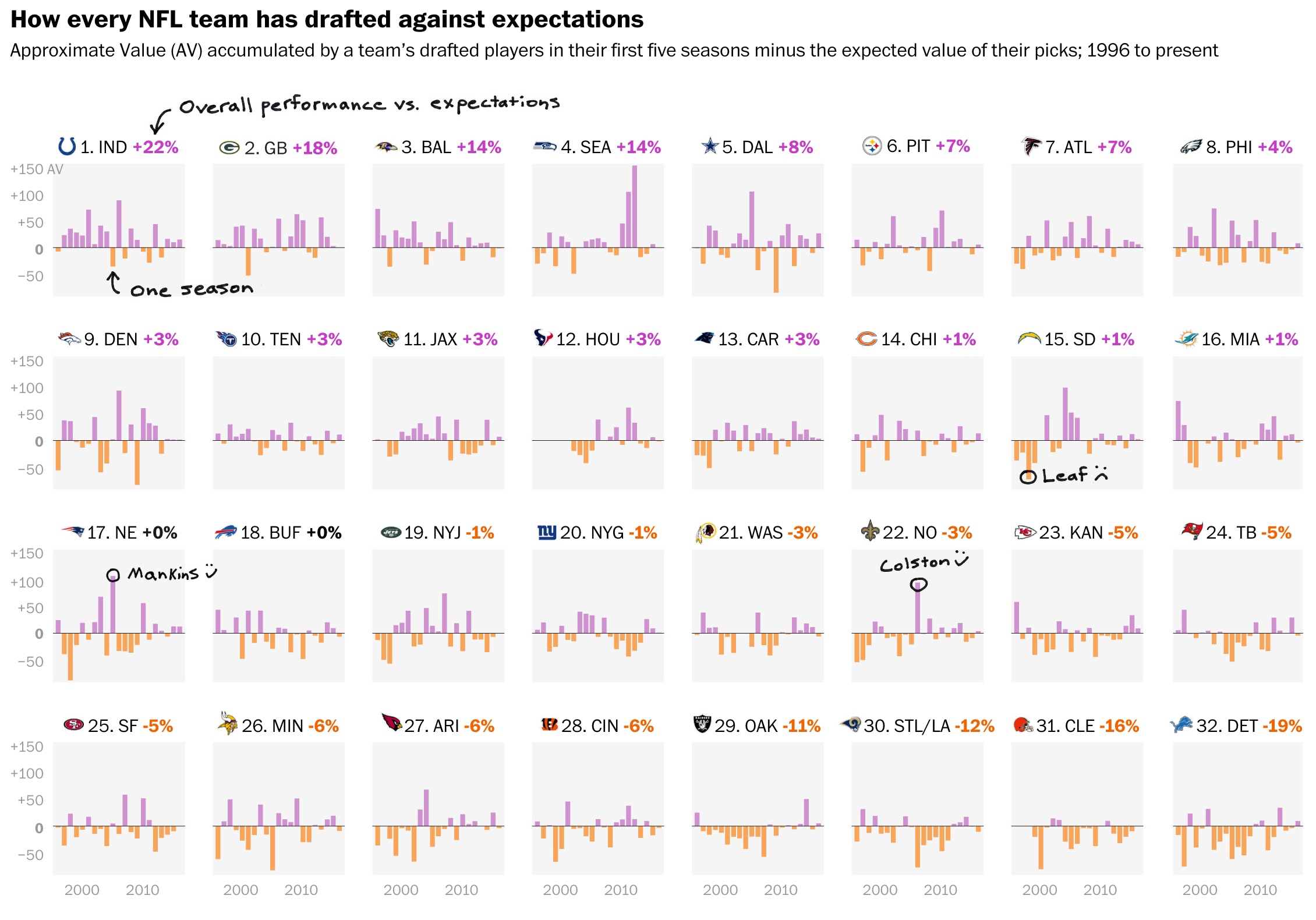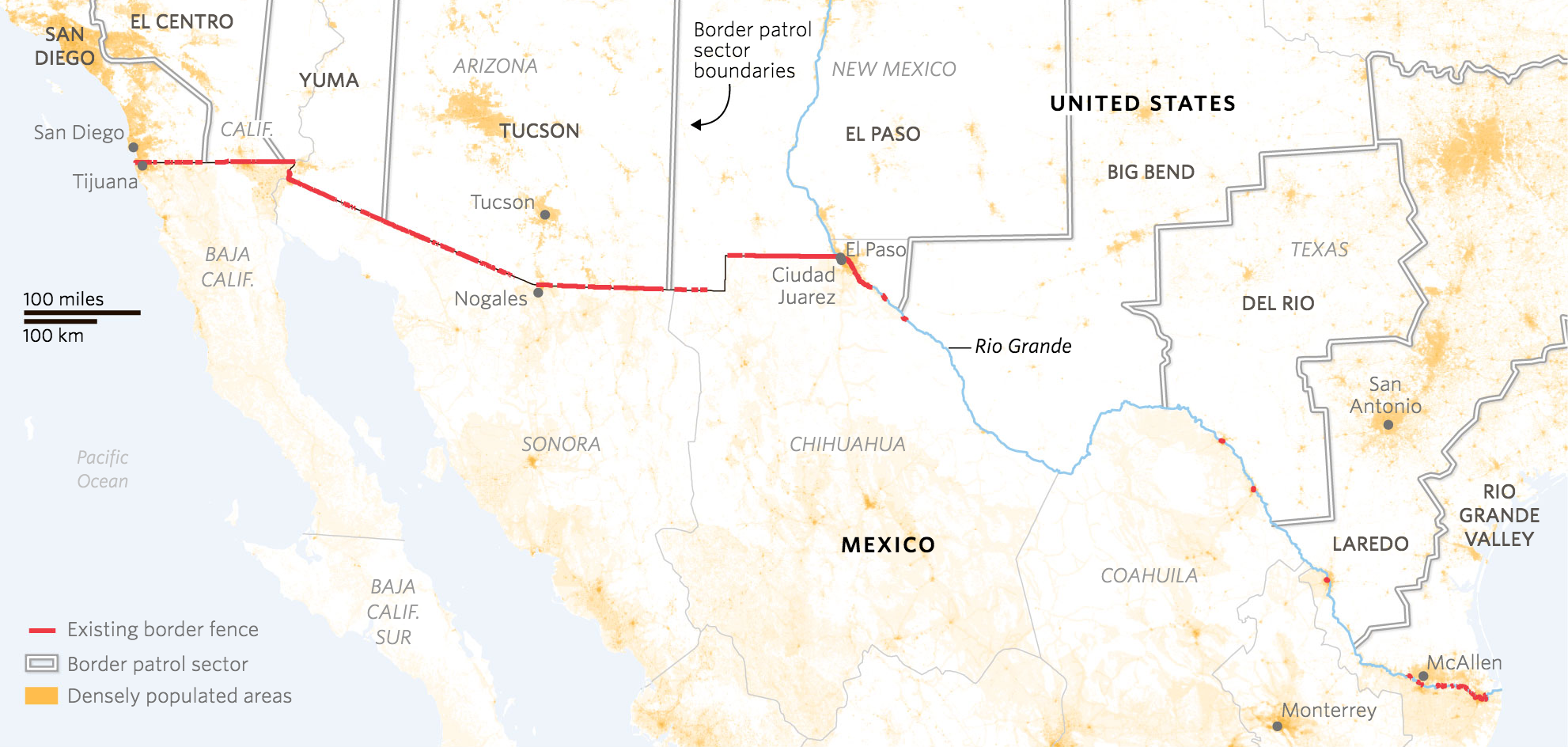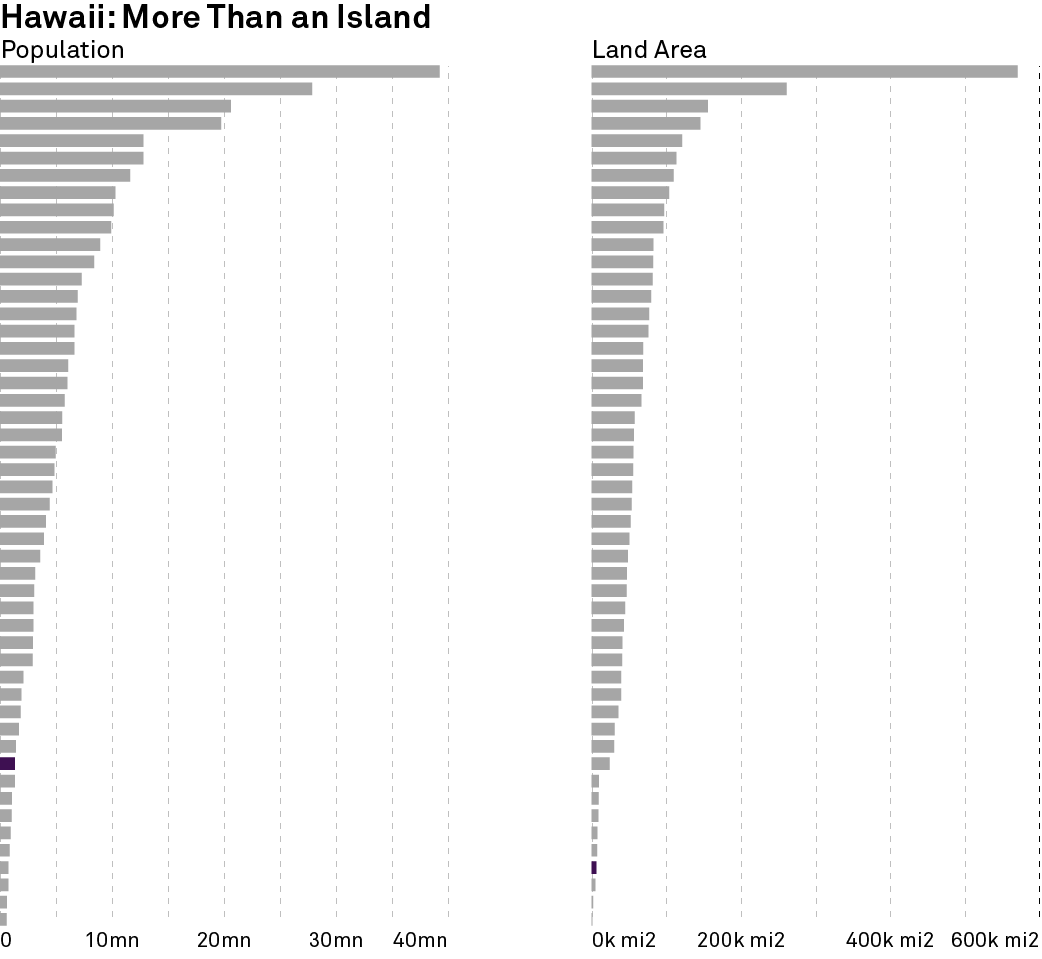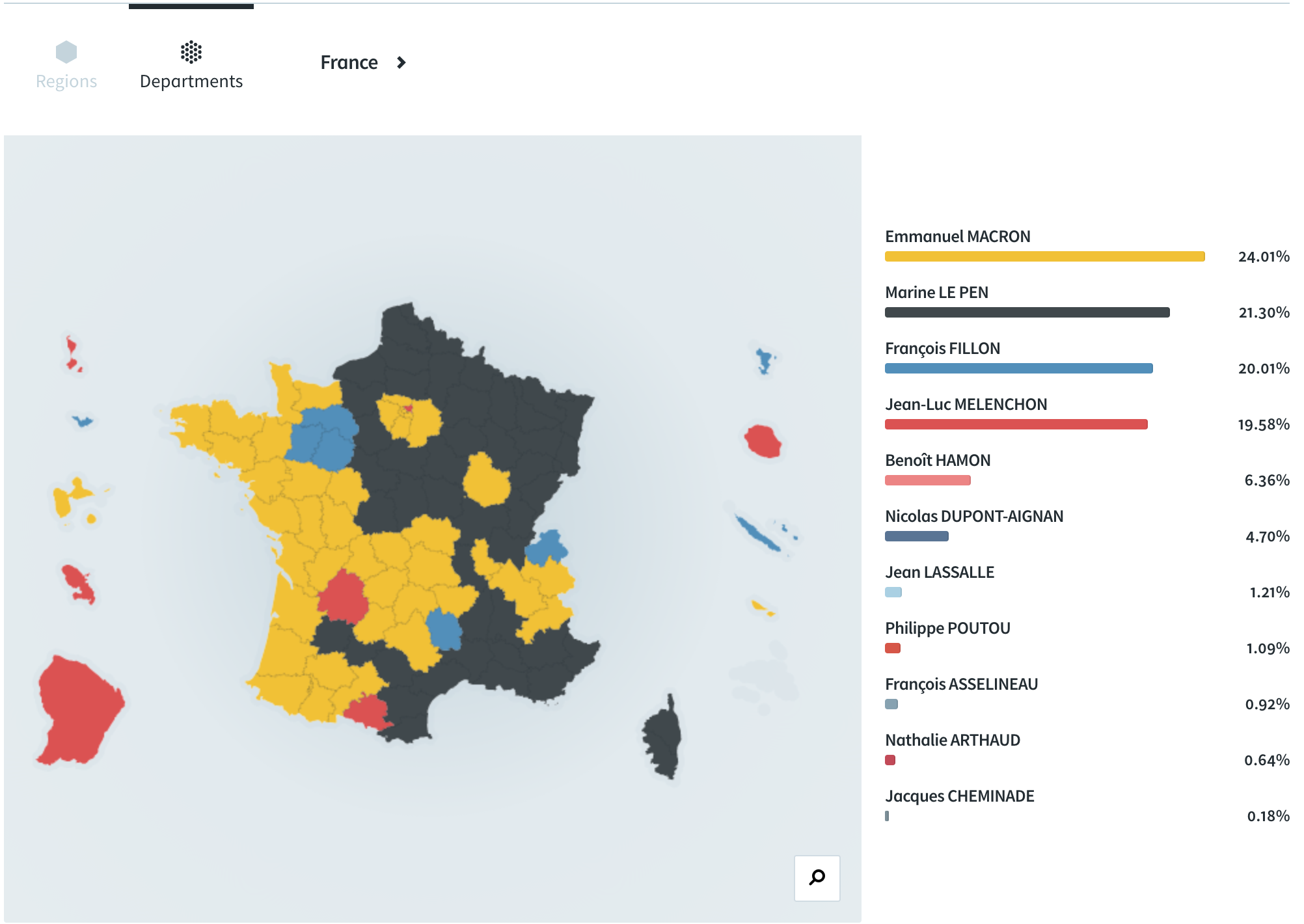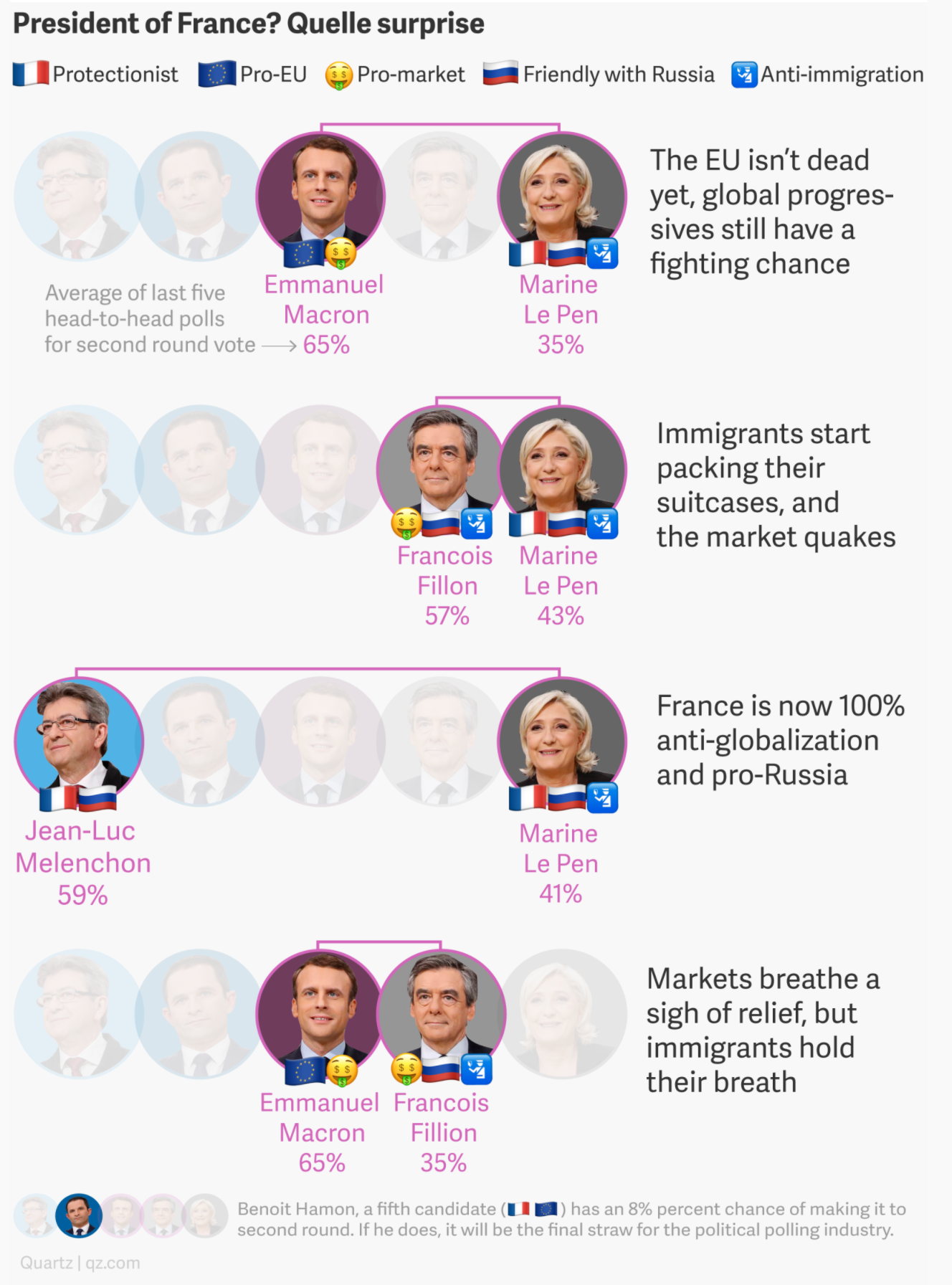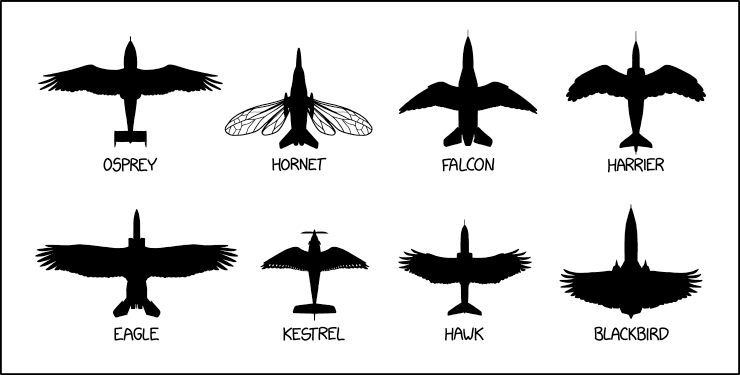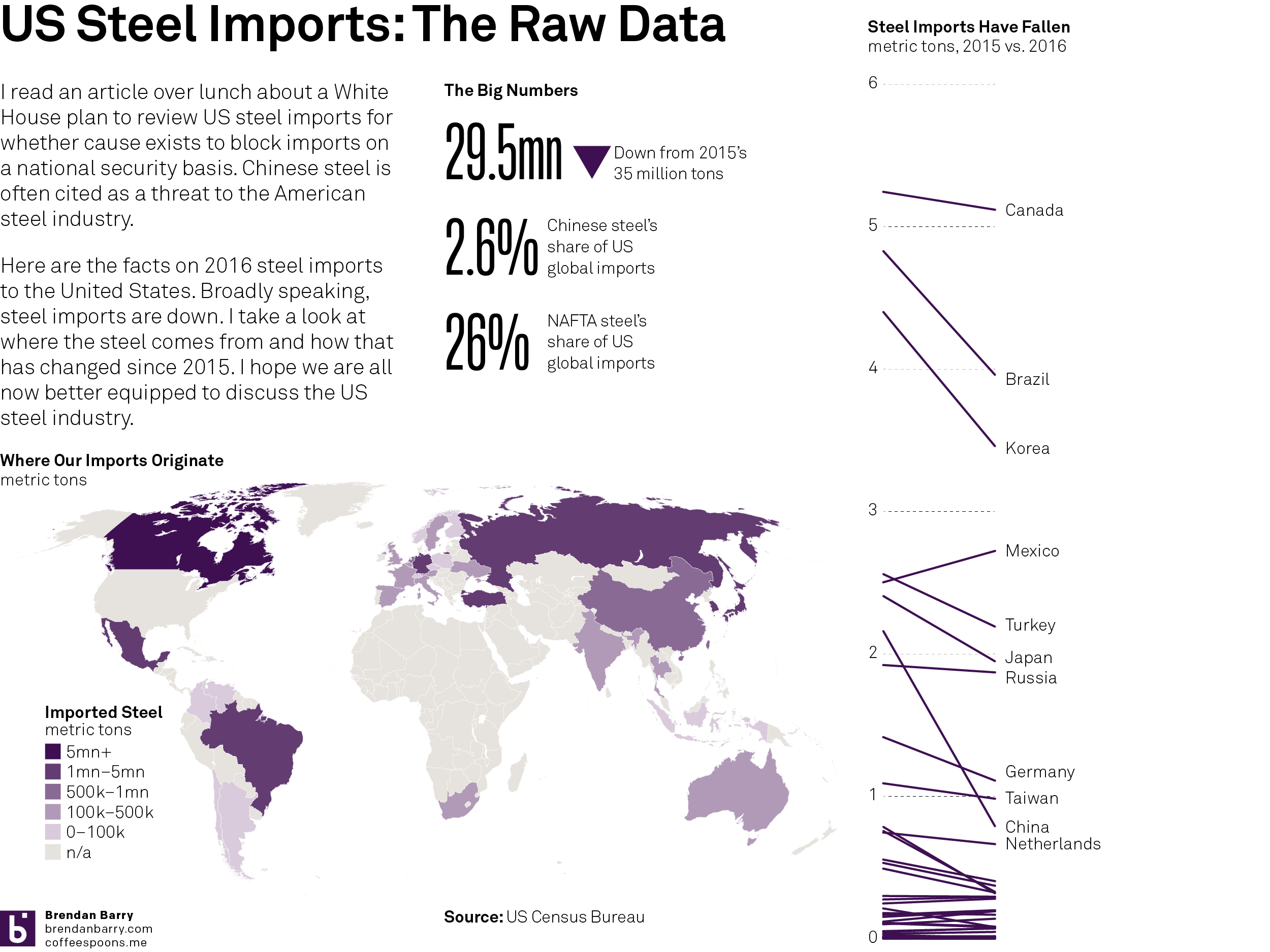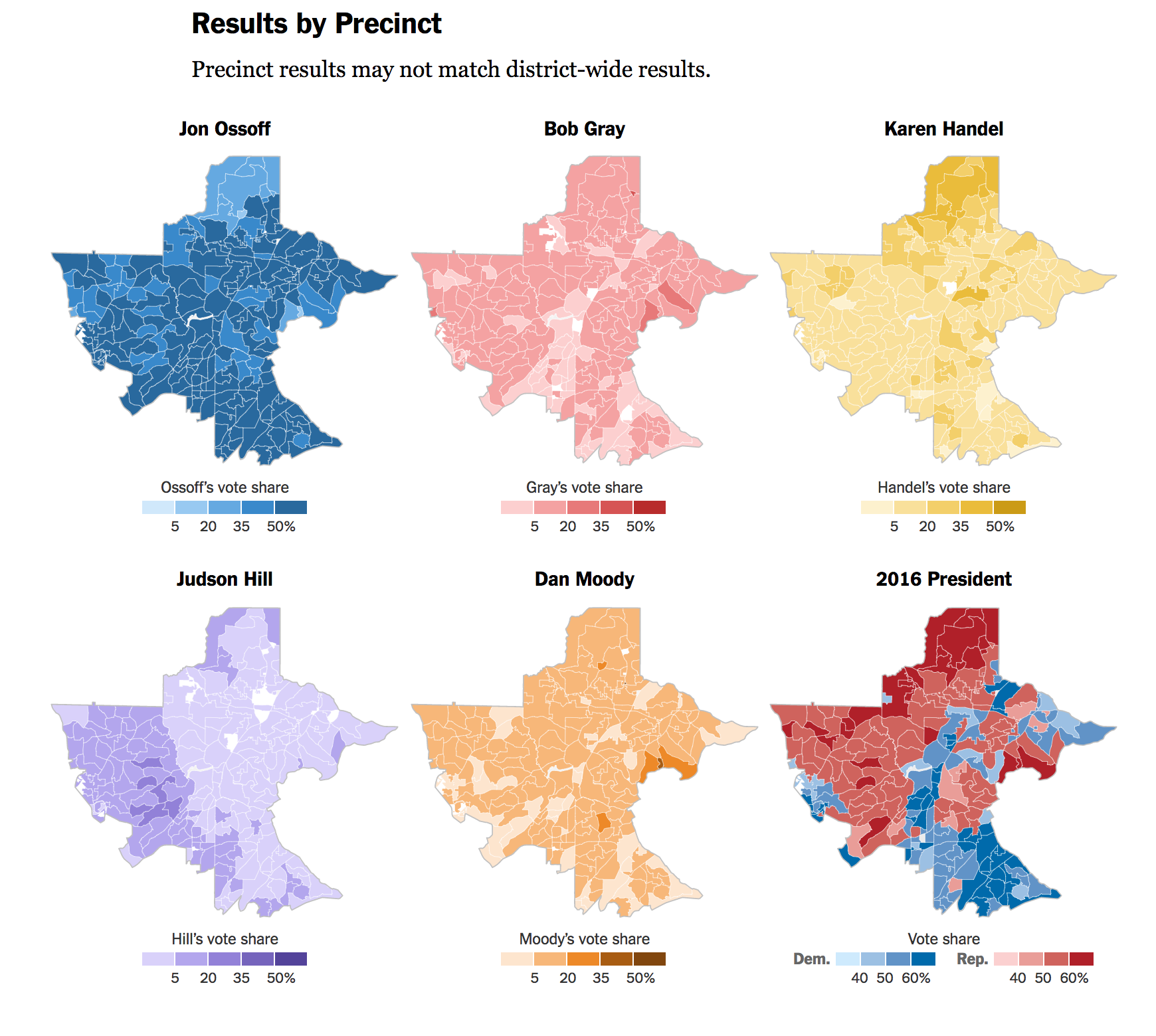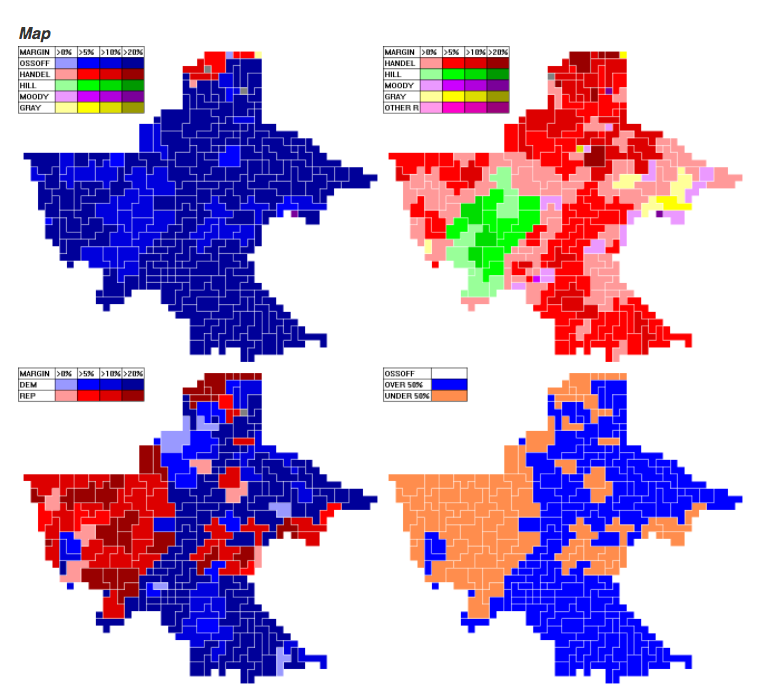Information design takes many forms. True, in this blog I focus mostly on graphics, but signage is another important form. And the keys to signage are iconography and typography. So today we are going to take a look at some news in the typography front. Specifically, the introduction of a new typeface for Dubai designed by Nadine Chahine and Microsoft.
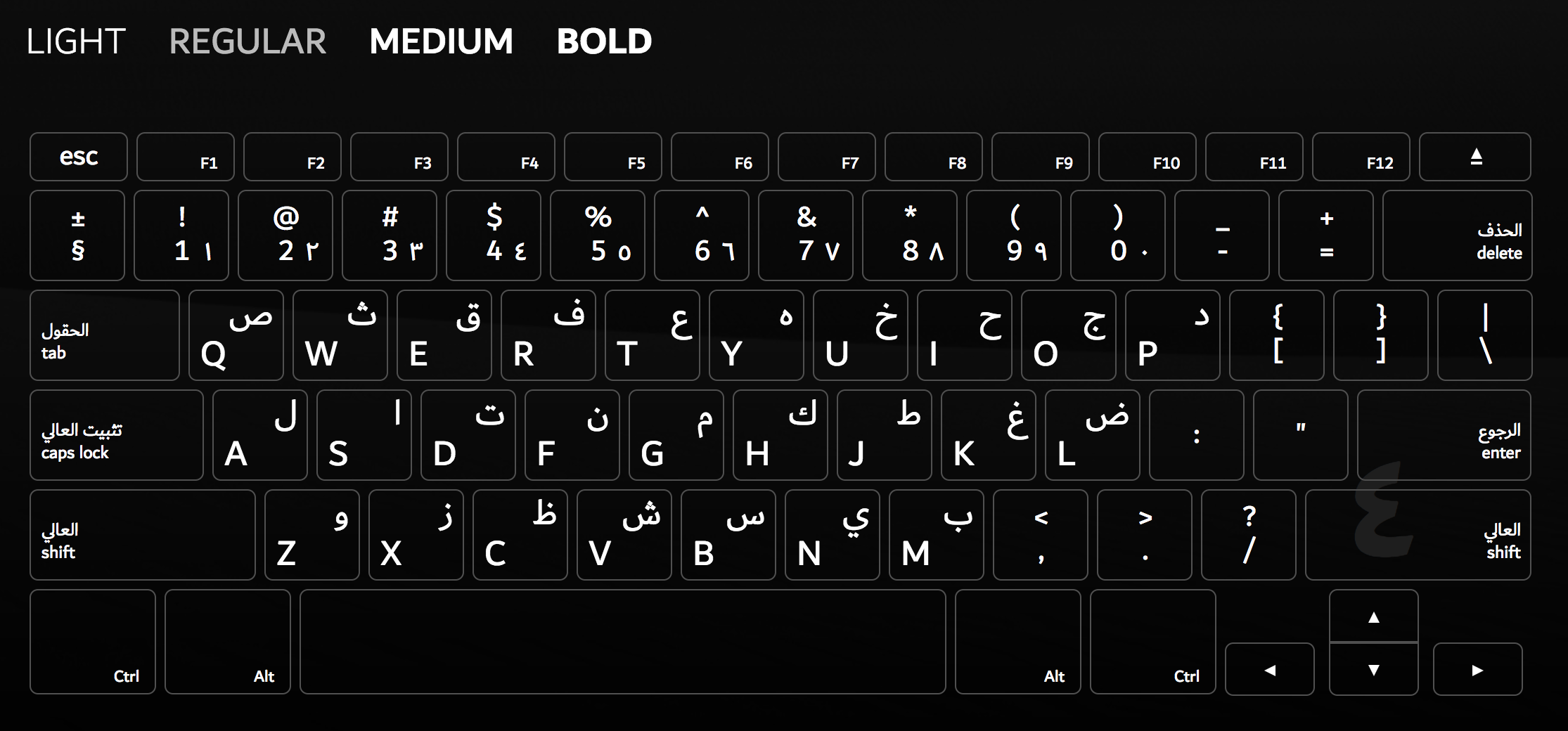
First, I am no expert in type design, but I dabble. Second, note that the above screenshot with its white type on black screen, each letter surrounded by keyboard shapes, is the only graphic on the website that I could easily find for a spec sheet.
The typeface does appear to have some nice letters in there and from the site it clearly reads well at small sizes. But that’s the Latin version. The real beauty in the thing is the simultaneous design of the Arabic script side of the face.
I am no expert in type design, but I do have experience setting type in Arabic as well as choosing an Arabic face for brand identity. It is really, really hard. (For the record, I found a really nice version of Avenir Next turned into Arabic.) So what I really like about this project is that it makes a nice typeface in both Latin and Arabic available to the public for free via Microsoft. Great, fantastic.
But where I get suspicious is that second point. That one graphic is the only one I could find. The site copy really pushes Dubai, Dubai, Dubai. And my cynical self wonders if the real purpose was to promote the emirate by throwing some money at design, which it can do because it has a lot of money.
Or to look at it another way, if it were not so Dubai-promotional, would it not have examples of it in use? A full character set on display?
But why am I most doubtful? Well, it does not take more than the first handful of results on the Google to bring up some less than stellar things about Dubai. What do I mean? Well, first look at the first two sentences on the Dubai Font page:
Expression is the way everyone shares their thoughts, ideas, and emotions. Writing is a form of expressing oneself and Dubai is giving the world a new tool to communicate with.
And now snippets from the first three results that are not Wikipedia (worth pointing out that Dubai is part of the United Arab Emirates and these reports are on that country as a whole):
International Centre for Justice and Human Rights
United Arab Emirates is a federal state comprising seven emirates, including Abu Dhabi and Dubai. The UAE nationals represent 11.5% of the population who number 8.5 million people. The country has seen a wave of arrests and violations of human rights and freedoms and mute the voices of dissent. The authorities are continuously and increasingly, restricting personal freedoms and freedom of speech, press, assembly and association. As practiced blatant attacks on the privacy of citizens.
Amnesty International
The authorities continued to arbitrarily restrict the rights to freedom of expression and association, detaining and prosecuting government critics, opponents and foreign nationals under criminal defamation and anti-terrorism laws. Enforced disappearances, unfair trials and torture and other ill-treatment of detainees remained common. Scores of people sentenced after unfair trials in previous years remained in prison; they included prisoners of conscience. Women continued to be discriminated against in law and in practice. Migrant workers faced exploitation and abuse. The courts continued to impose death sentences; no executions were reported.
Freedom House
While the United Arab Emirates (UAE) constitution provides for freedom of speech, the government uses its judicial, legislative, and executive powers to limit this right in practice.
True freedom of expression from Dubai should not and is not about designing a new typeface, but honouring the actual idea of freedom of expression. That is to say that I may say things that you do not like and vice versa.
Designing a new typeface that works in both Latin and Arabic? Well one, where were you like eight years ago? But of almost as much importance, a clean, Dutch-inspired typeface is not going to wipe your slate clean and prevent you from ever visiting the Hague. Actions speak louder than the typeface in which you set your words, whether they’re Arabic or Latin.
Credit for the piece goes to Nadine Chahine and Microsoft, designers of the typeface.


